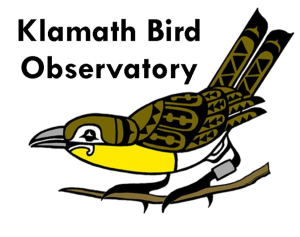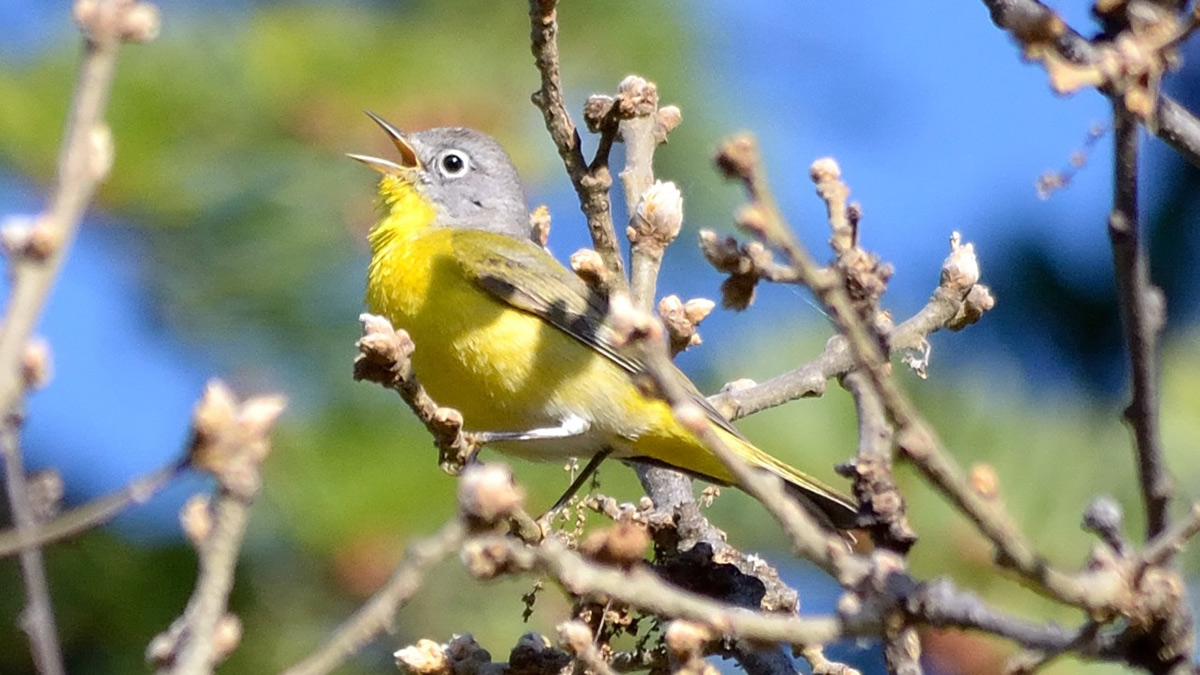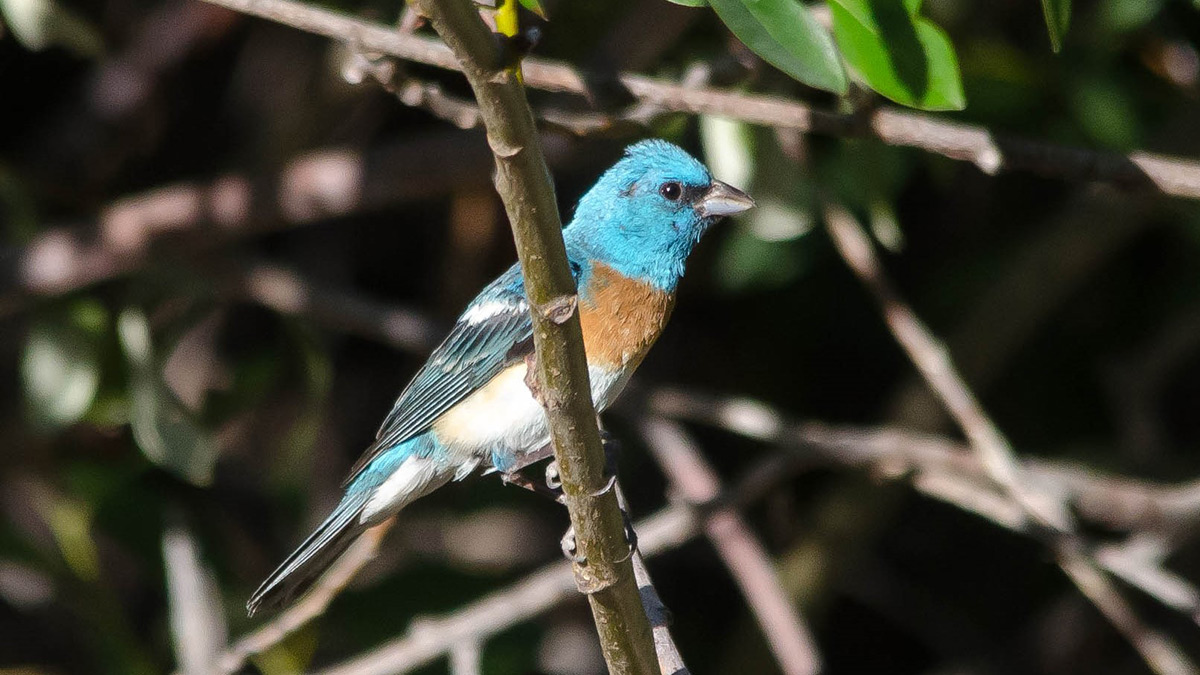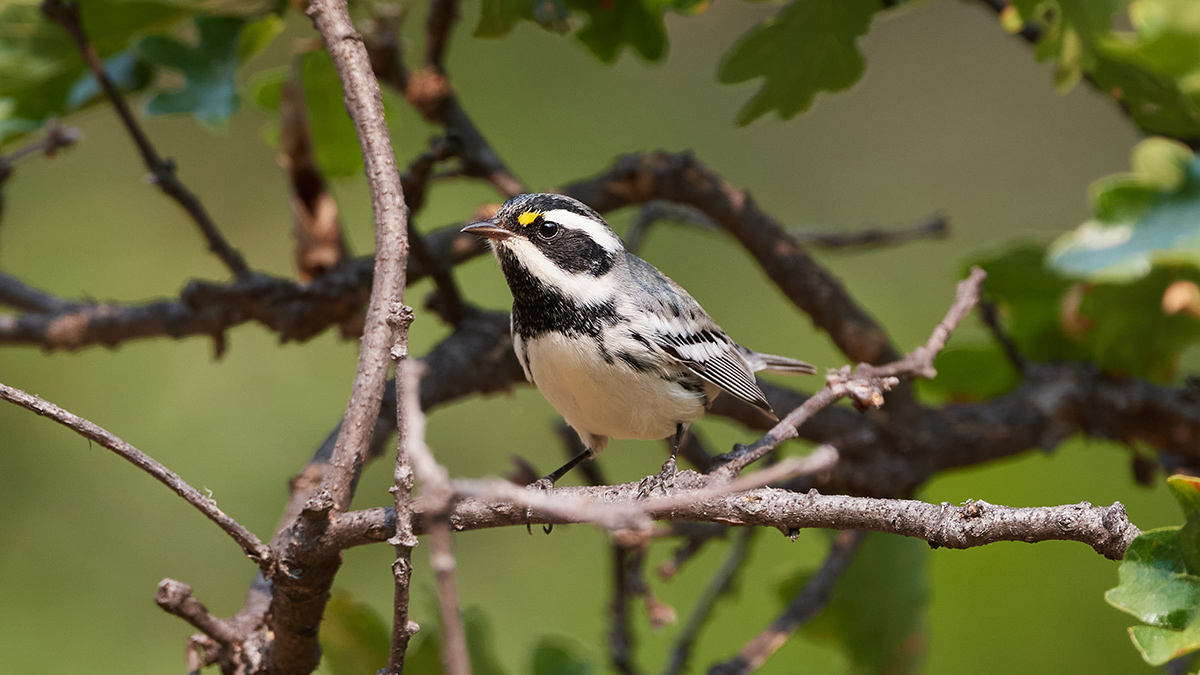Bird monitoring in the Upper Applegate Watershed
Bird monitoring in the Upper Applegate Watershed
Contributed by our partner Caitlyn Gillespie with the Klamath Bird Observatory
 The Upper Applegate Watershed, located south of Ruch in Jackson County, Oregon, is a 52,000-acre USFS and BLM planning area among the region’s highest priorities for forest restoration. As part of a new project led by Rogue Forest Partners, over 18,000 acres of forested lands in the Upper Applegate Watershed are receiving restoration treatments over the next few years. Project benefits include improved forest health, protecting the surrounding communities from wildfire, and supporting climate resilience to mixed conifer forests that host many species of plants and animals.
The Upper Applegate Watershed, located south of Ruch in Jackson County, Oregon, is a 52,000-acre USFS and BLM planning area among the region’s highest priorities for forest restoration. As part of a new project led by Rogue Forest Partners, over 18,000 acres of forested lands in the Upper Applegate Watershed are receiving restoration treatments over the next few years. Project benefits include improved forest health, protecting the surrounding communities from wildfire, and supporting climate resilience to mixed conifer forests that host many species of plants and animals.
To help monitor the ongoing restoration in the Upper Applegate Watershed, Rogue Forest Partners are working with Klamath Bird Observatory to study how the bird community responds to the forest restoration. KBO has a successful track record of studying the effects of restoration actions on bird communities, for example, oak restoration and riparian restoration. Similar to this previous work, KBO has designed a scientific study that uses both treatment and control areas (i.e., areas of the forest where there will be no management) to measure how the restoration treatments influence bird communities.

Birds are excellent indicators of forest structure and plant composition changes because they respond quickly to change, have known habitat associations in western forests, and are relatively cost-effective to monitor. In the case of the restoration activities in the Upper Applegate Watershed, scientists can track the presence and abundance of species such as Lazuli Bunting and Nashville Warbler to monitor increases in understory habitat. They can also observe other species such as Pacific-slope Flycatcher or Black-throated Gray Warbler to assess the increased proportion of large trees and canopy cover of hardwood species in mixed-conifer deciduous forest.
In 2021, KBO scientists completed bird surveys at treatment and control points within the Upper Applegate Watershed before any restoration work started on the ground. The surveys documented over 50 species. Once treatments conclude, KBO will go back to monitor these same points in a few years to see how the bird communities have changed.
Knowing how birds respond to treatments will help scientists better understand the overall effect of the restoration on achieving improved forest health and resilience and serve as a valuable tool for planning future projects in the area.
The Rogue Forest Partners are working with communities, government agencies, and other organizations to plan much-needed forest restoration in strategic locations to transform forested landscapes of the Rogue Basin in the next decade. Bird monitoring can help inform these projects to confirm that treatments are accomplishing the restoration goals or adjust as needed to provide healthy, resilient forest habitat for wildlife and people for decades to come.
More from this series
Our Upper Applegate Watershed Restoration Project is part of a robust multi-party monitoring framework. One key component, led by the Klamath Bird Observatory, is bird monitoring. Bird populations are a good indicator of forest health. Survey data show that measuring birds’ response to restoration provides a more meaningful and multidimensional assessment of restoration success than traditional vegetation metrics alone.


